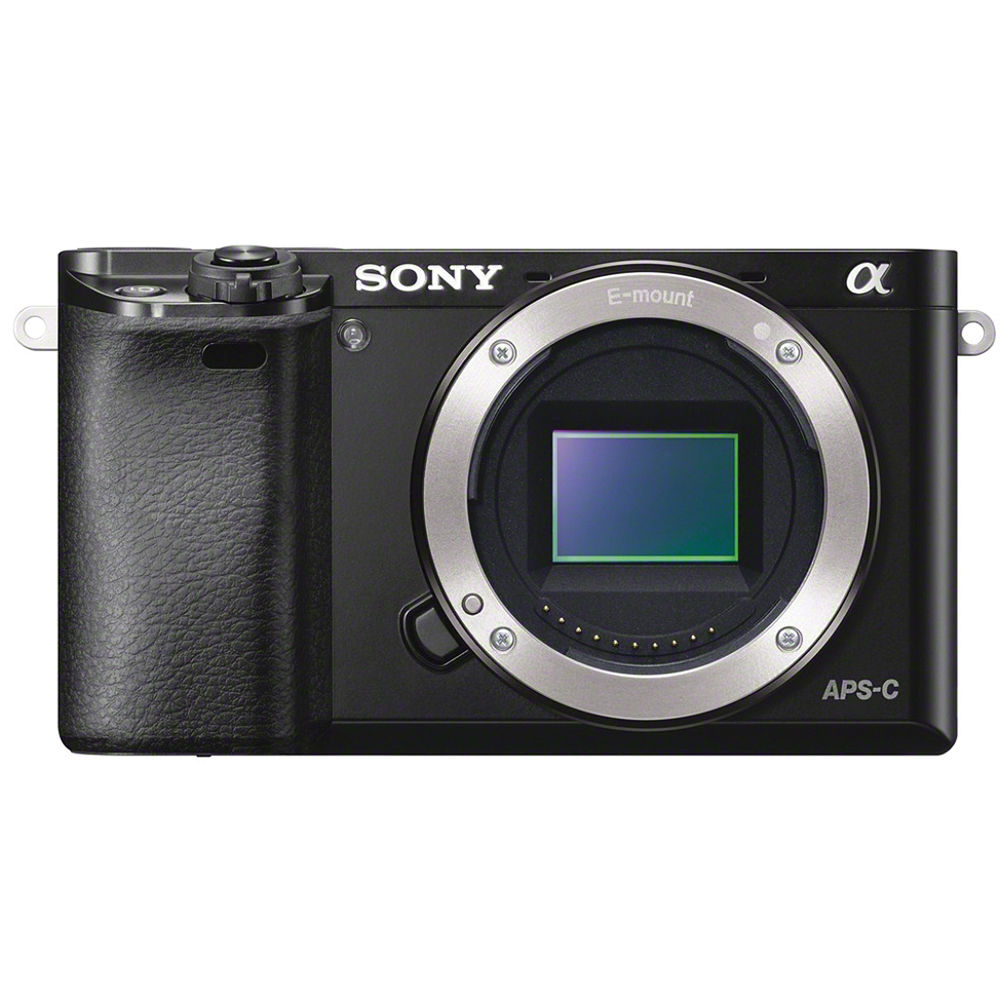Evolution from DSLR to Mirrorless
Sony Alpha 6000 is not a novelty in the market today. Moreover, the camera has already visited our field test . But we decided to return to this model and tell on its example about some technologies used in Sony cameras in more detail. In particular, we are talking about 4D autofocus - a specific set of capabilities and characteristics of the autofocus system. I would also like to dwell separately on the issues of fine-tuning the camera and tell in detail about additional functions, which are not always reached in ordinary tests. We will conditionally break our big test of the camera into two stages: acquaintance with technologies and testing them in real shooting conditions. We begin with a short review of the main features of mirrorless mirrors in general, using an example Sony Alpha 6000 .
Get price Sony Alpha 6000
Four years have been on the Sony mirrorless market. They were born a little later than some competitors, but by the time of their birth they already knew how to do a lot. Then, in 2010, photographers greeted a new class of cameras warmly, but were not in a hurry to abandon DSLRs. Too much in mirrorless little ones was unusual: from ergonomics to leisurely in many cases autofocus. Then began a systematic evolutionary development.
Mirrorless developers offered their bold ideas and new creations to the market, while the market accepted or rejected them. The laws of evolution are always and everywhere the same: the basic rule is that the strongest survive. Surprisingly, today the strongest models are very similar to their ancestors - to the SLR. Differences at first glance only in size (this, however, is also a lot). But if you dig a little deeper, it will become clear that mirrorless mirrors are still different from DSLRs ... about like an eagle from a fossil pterodactyl: the form is the same, but the essence itself is more perfect.
What is the difference and similarity? Let's turn to our test subject - Sony Alpha A6000, and on the example of this camera we will understand the details. At the heart of the camera is the same APS-C format CPOM matrix (however, Sony also has full-frame models). In this parameter, parity. Pixels of phase detection are located directly on the matrix. But we will talk about this in detail on the next page of our test.
The signal taken from the matrix is ??processed by the processor. The Sony A6000 implements a number of software methods to improve image quality. We are talking about the correction of diffraction, zonal noise reduction, technology for restoration of parts.
A shutter is installed in front of the matrix. And here the differences are already beginning. The Sony A6000 shutter has an electronic front curtain function (this function can be turned on or off via the menu). This means that immediately at the moment the shutter button is pressed, the exposure of the future frame begins, and only at the end of the exposure does the shutter close for a split second, cutting off the necessary shutter speed. At DSLRs, before the beginning of the exposure, the mirror rises first, and then the shutter opens. A certain time is spent on this, additional vibrations are created. In the end, the need to raise the mirror between frames significantly reduces the speed of burst shooting. Sony A6000 can shoot at speeds up to 11 frames / s with tracking autofocus. The nearest DSLR, which has the same speed characteristics, will cost more at times.

